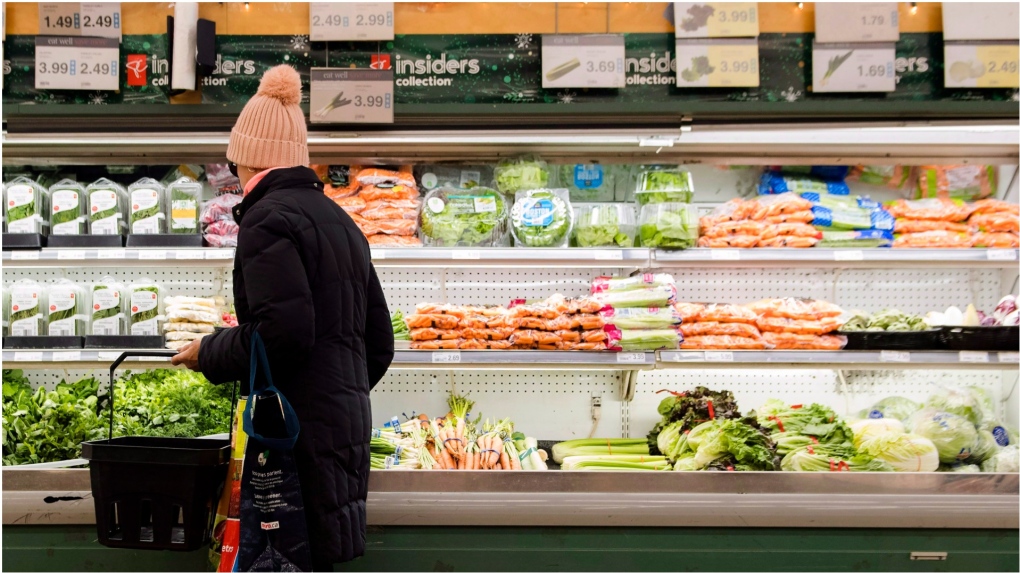Latest News
- Four years after Indigenous woman dies in Niagara Hospital, family still waiting for coroner's investigation
- Lawyer: British Columbia RCMP officer should be fired or resign immediately
- B.C. government looks to offer loan guarantees to property owners in Cowichan Aboriginal title area
- Uber driver's account in Toronto suddenly deactivated; only source of income cut off after 'duplicate account' claim
- TDSB education chief fired by provincial supervisor; sweeping changes at Canada's largest education board
Latest Ads
-
Jasmine Jewel
Call
-
Omidan group
Call
-
Amir Madanpour
Call
-
Dimo studio
Call
-
Yorkacademy
Call
-
Maryambagheri
Call
-
Shishlix Restaurant
Call

Worsening food insecurity in Ontario and across Canada
Due to rising inflationary pressure and high costs, many Canadians, especially in Ontario and other regions, are facing challenges caused by food insecurity. A new study from the University of Toronto shows that the problems of food insecurity in these areas have not improved significantly.
Research by PROOF, a research team specializing in food insecurity, shows that 18.7 percent of Ontario households are food insecure, an increase of 2.6 percent from 2021. This situation has also spread greatly in other provinces.
According to statistics provided by PROOF, approximately 2.8 million Ontarians struggle with food insecurity every day, and one in four is a child. Factors such as inflation, increase in rental prices and mortgages do not contribute much to the aggravation of these economic problems.
In the 2022 report, PROOF researchers also examined this issue from a racial perspective. They stated that 19.3% of children suffering from food insecurity have white skin discharge. Also, statistics show that 46.3 percent of black children and 40.1 percent of indigenous children in families struggle with food insecurity.
Food banks are considered as emergency and temporary solutions, but the reality is that many people turn to these centers every month to meet their living needs because they are unable to cover living expenses.
Experts believe that all levels of government should implement more serious programs to deal with food insecurity and help people through improving access to healthy foods, increasing income, health and financial subsidies.
news source
Suggested Content
Latest Blog
Login first to rate.
Express your opinion
Login first to submit a comment.
No comments yet.


































